The Prayer Mat We Share
curated by Aaliyah Ahmed
You have now entered a sacred space that will afford you the opportunity to experience and give free expression to the hidden aspects of your essential humanness. This includes defining features like spirituality, imagination; emotions, senses and memories.
This exhibition highlights the multiple narratives of this Prayer Mat or Musallah. Many Muslims all around the world use the Prayer Mat when performing their daily Salaah, prayers.
These mats are unapologetically mass-produced, in China, India, Morocco and Turkey. These were marketed as being the ‘originals’ from Mecca. This Prayer Mat is no stranger to the Muslim Ummah (community) since most of the people who have this Prayer Mat, received it from people who went to Saudi Arabia to perform the Ummrah or Hajj pilgrimage. These Prayer Mats form a “collection of gifts” as most people were given these Prayer Mats as a gift from a loved one.
Although the designs on the Prayer Mat are all the same, each individual Mat has its own unique markings and impressions. These alone, tell you a bit about its history and biography. Each narrative explores the relation between a person and this Prayer Mat and how this object bears witness to a person’s life and their most inner and personal emotions. Although focusing on something inanimate like the Prayer Mat, this exhibition shows how objects can have a life in imagination, culture and spirituality.
In this exhibition, you are invited to explore each narrative, which speaks to themes of belonging and sharing and the evocation of individual and collective meaning and memory.
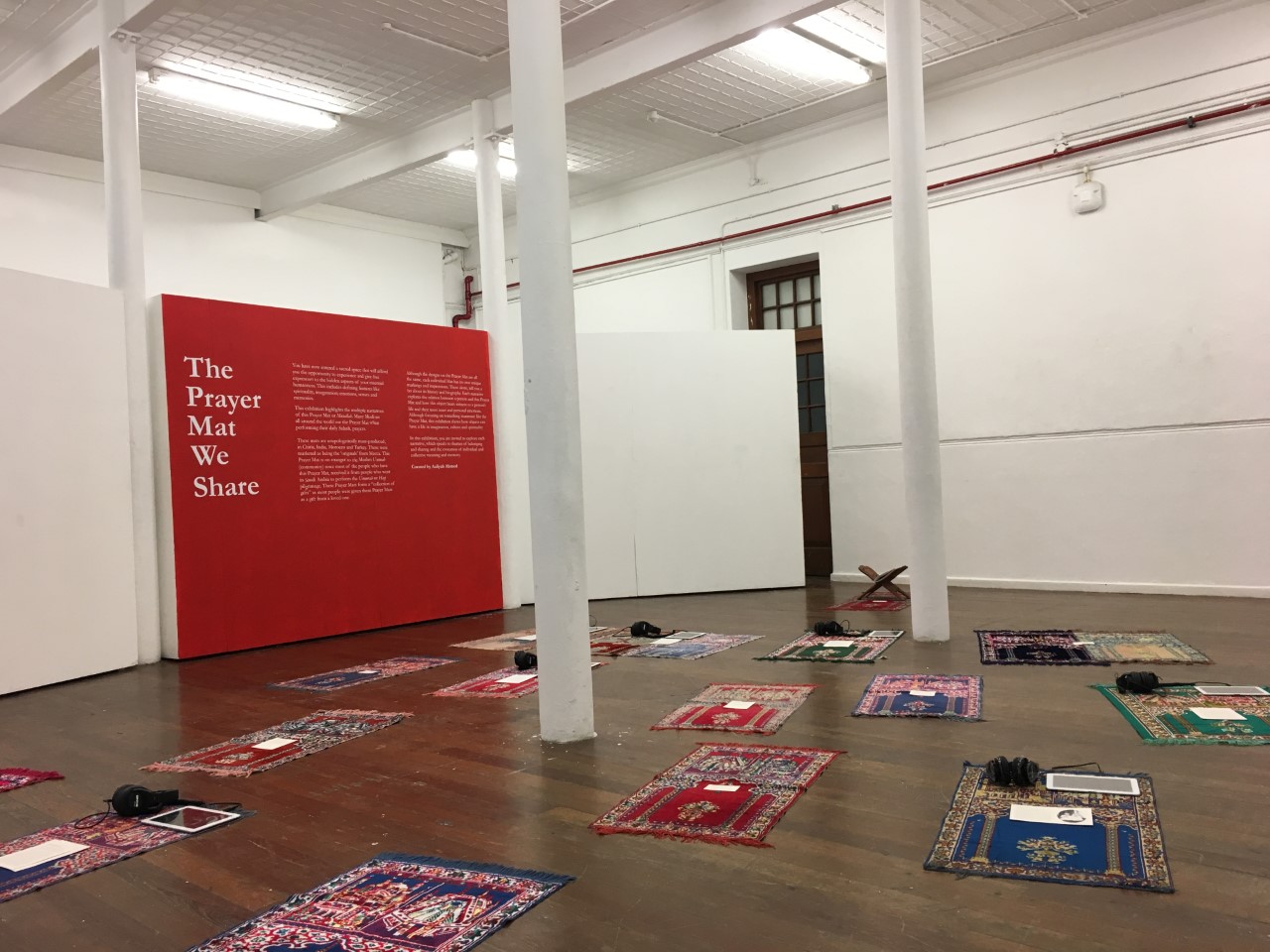
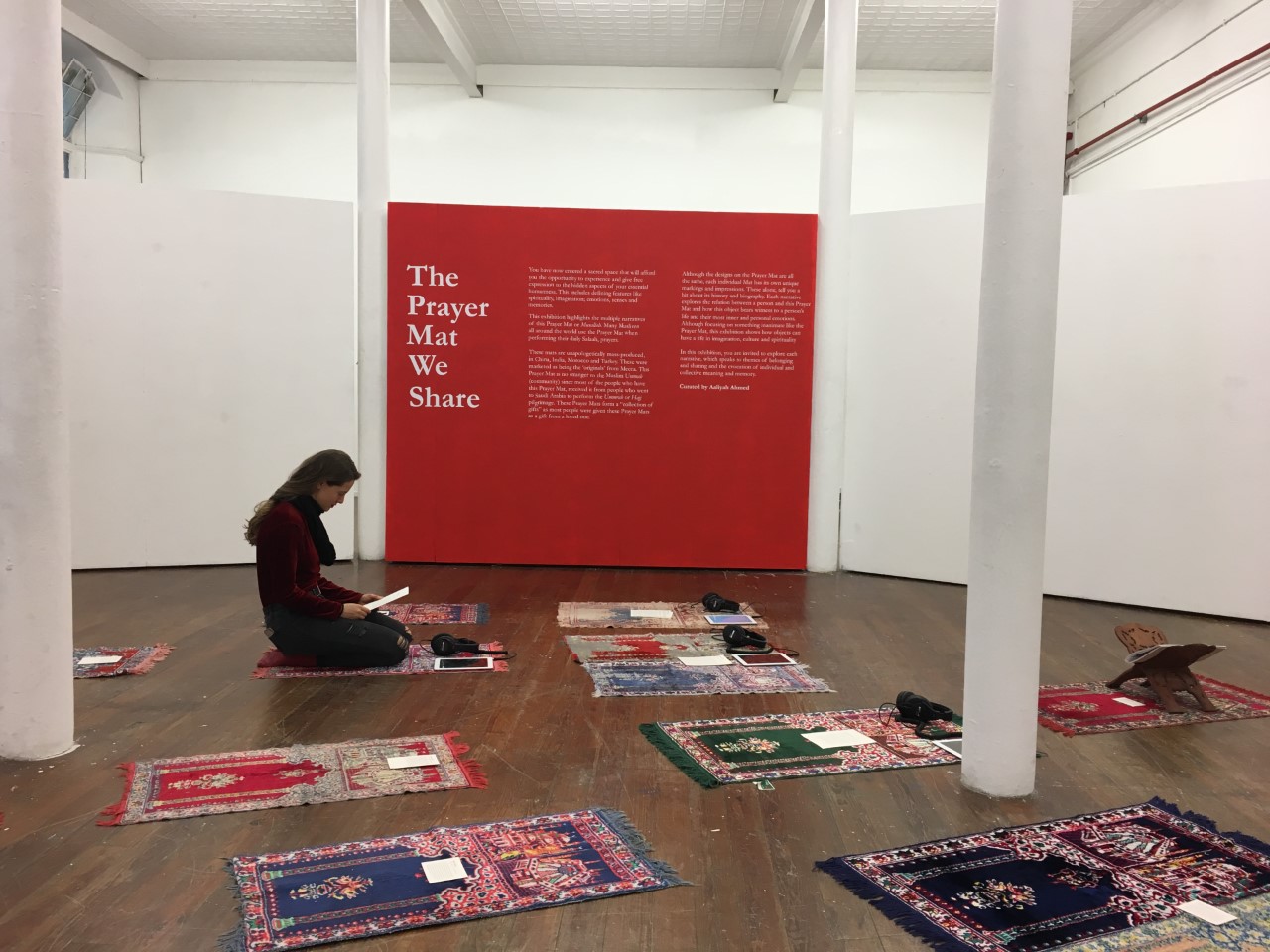
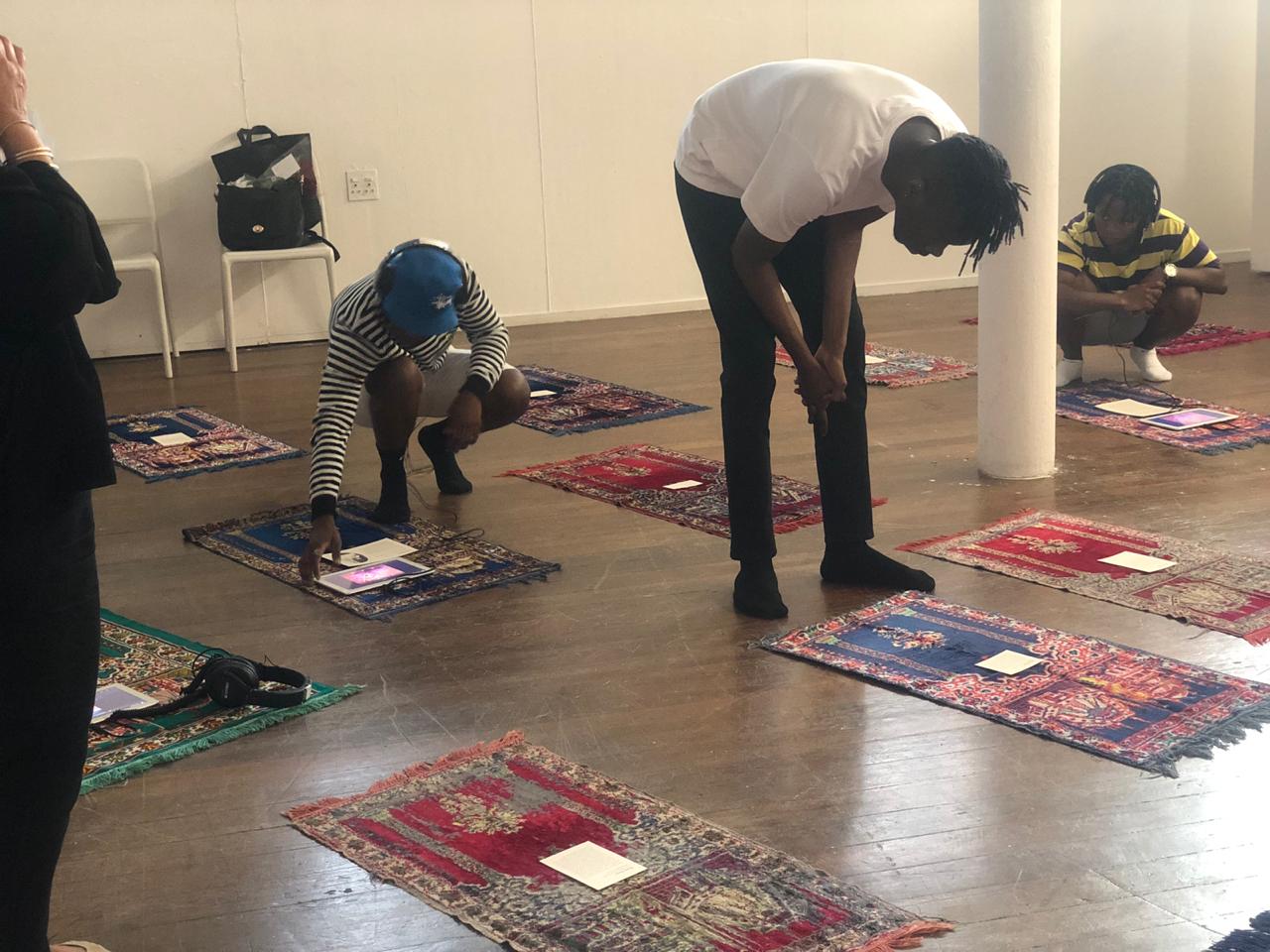
From Analogue to Digital
curated by Beata America
Throughout history, our understanding of music and musicianship has shifted significantly. The creation of instruments began at the hand of the luthier and developed with the player to craft the sound it produced. As we enter a new age of media and the internet, the way we create and consume media has altered to a form unrecognisable from the birth of musical instruments. understanding our new role within this age has become difficult and trying. The use of the computer as a new instrument begs for an analysis as to whether there still is a place for the physical instrument. The music technology that is created to subsidise and democratise the industry creates a replica of sound that is not authentic to the physical body. The rigidness of computer programming takes away the valued imperfections of playing that adds to the overall performance and listening of the composition.
This research attempts to analyse the philosophy of modern-day music playing with regards to the dematerialisation of the physical instrument and the absence of the human body. Interrogating the computer as an instrument in itself that does not embody its own unique sound but rather emulates those around it with little to no intervention of the player. An effort is made to understand this new definition of musicianship.
To visualise this, the composition playing in the exhibit, is an excerpt of Ableton’s raw code translated into MIDI. The relationship between musician and computer will be shown through a video projected on one wall in the exhibition space. The piano roll controlling the MIDI instrument will be stripped to the point where the colour coded bars will be shown in isolation whilst the audio of the piece will ring throughout the room. Given that the notation for MIDI instruments are not written in the same way that one would notate sheet music, the blocks that are drawn to represent the different keys on the piano rolls will appear and reappear with the music to show the most rudimentary aspects MIDI.
The exhibition installation includes multiple severed guitar necks joined together, and suspended. A veil of used guitar strings hangs from the fretboards that allows for the viewer to easily interact with them.
Ultimately, how do we position the human body as an active participant in creating and composing sound with software that has the ability to stand alone?
Available: https://analoguetodigital951317523.wordpress.com/
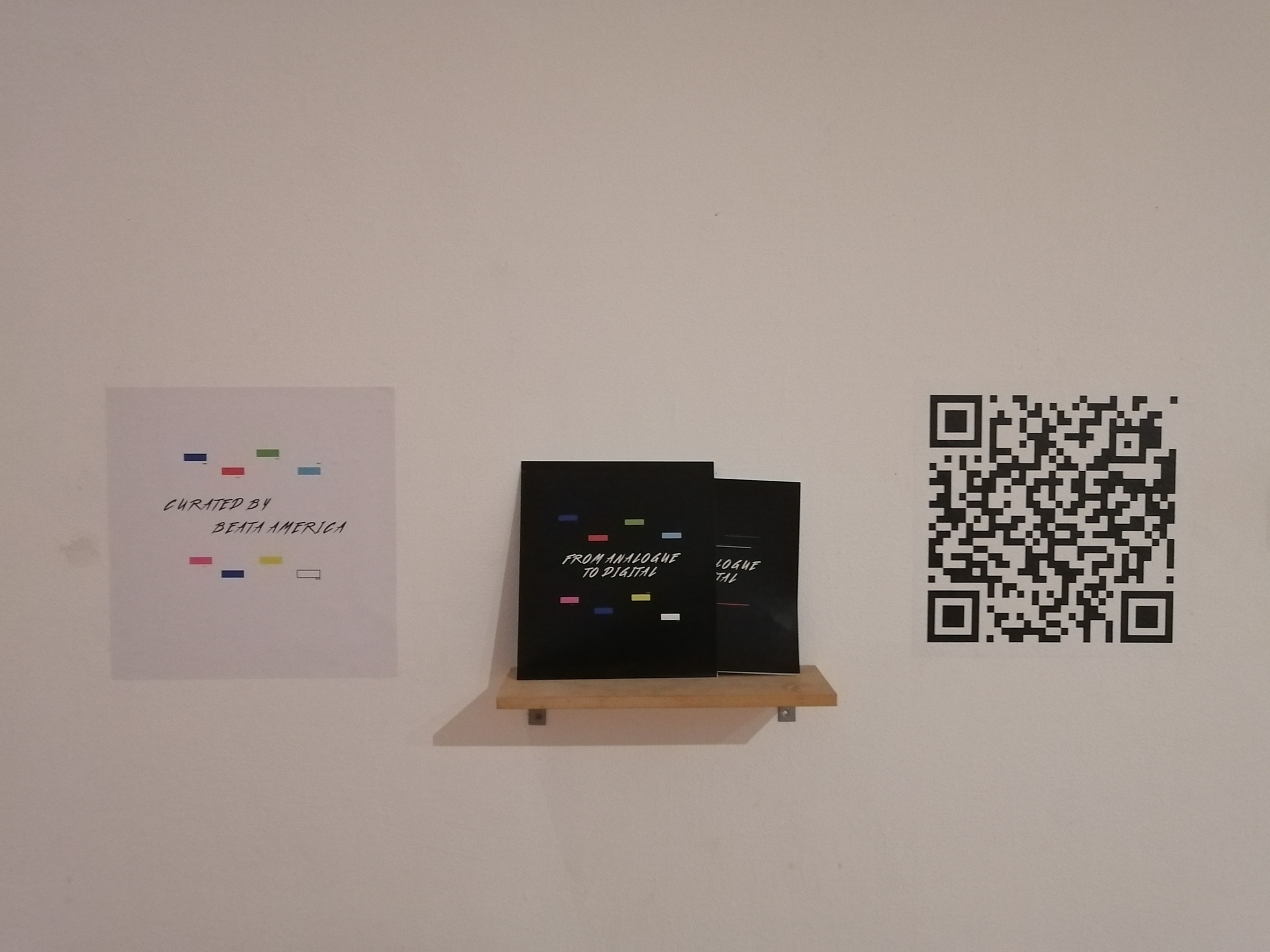


The Studio Stool
curated by Sana Ginwalla
The Studio Stool begins with a letter: an idea for an exhibition that was never realised and my own manifestation of it.
Mr. R. S. Patel wrote this letter in 1984, and sought to exhibit hand-painted images of Zambia’s freedom fighters. This exhibition however, looks at a different kind of imagery, that of everyday Zambians who visited his studio and posed for a moment to still their busy lives. Discarded, damaged and forgotten, these photographs tell a story of lives being lived, unseen and invisible in the state archives. Thus, what we don’t see in the archives is what this collection tries to represent.
These photographs would have existed in private spaces – in memory, on the walls of a home, in the pages of dog-eared family albums, or faded in the plastic windows of a loved one’s wallet. However, these photographs were never collected by their owners, and some have resided in the attic of Fine Art Studios for over 30 years. Tackling issues of ownership and display while also assessing the movement of these images from discarded to archival, the project asks whose images are considered worthy of preservation and why?
This project hopes to act as a site of repatriation; aiding the movement of images from lost to found, linking families to their loved ones. The Studio Stool website and exhibition therefore becomes an orphanage of the Fine Art Studios collection, working to return these images to their private lives. The website aims to be the first of its kind by archiving and curating a new source of imagery that was never formally archived, allowing the viewer a space to view, appreciate and ponder these images.
This exhibition is a beginning. The Studio Stool is a project that will be built upon, expanding the collection in the future with similar images from other studios and individuals in order to continue to challenging notions of collective memory and identity in Zambia.
Available: www.thestudiostool.com
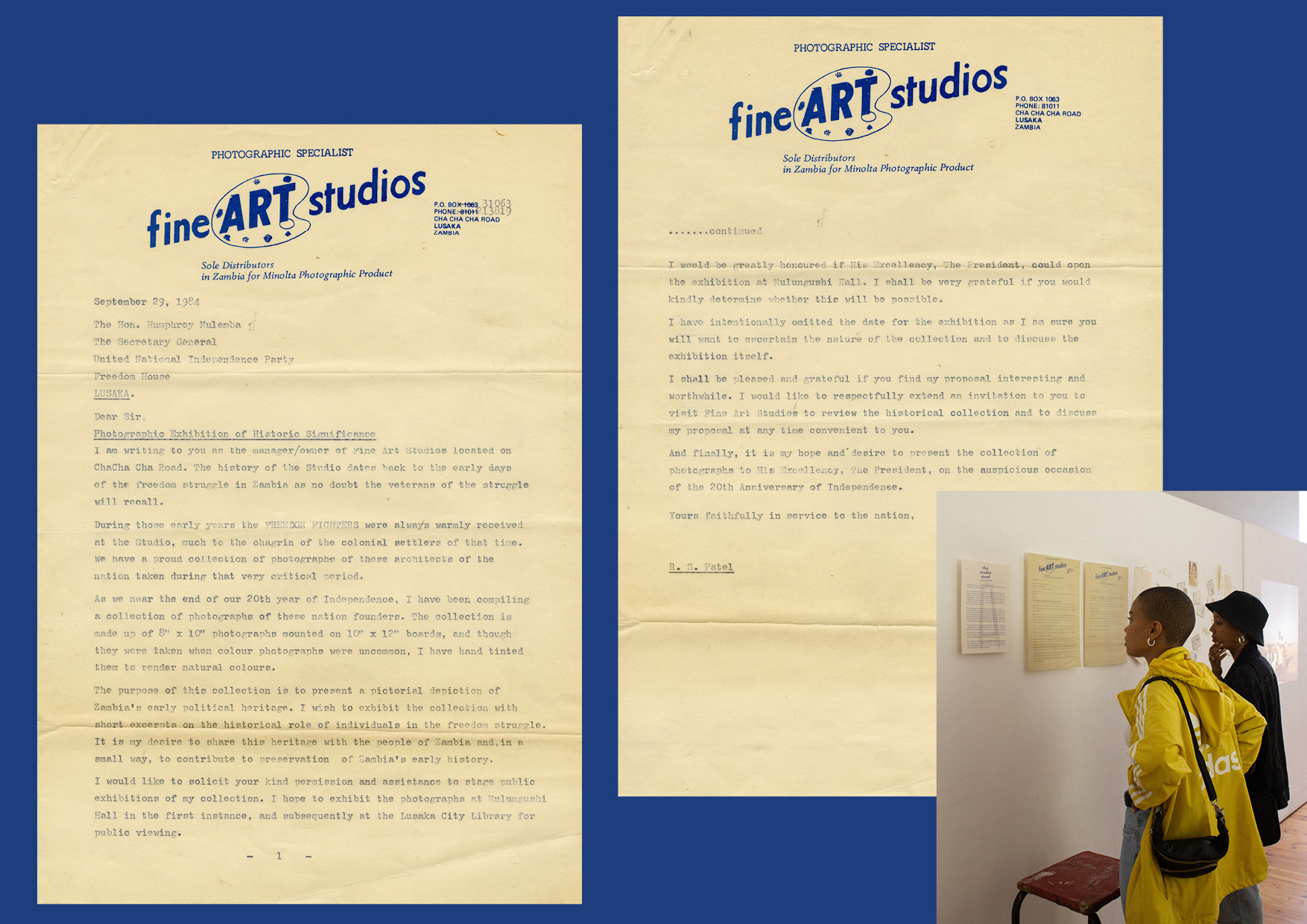
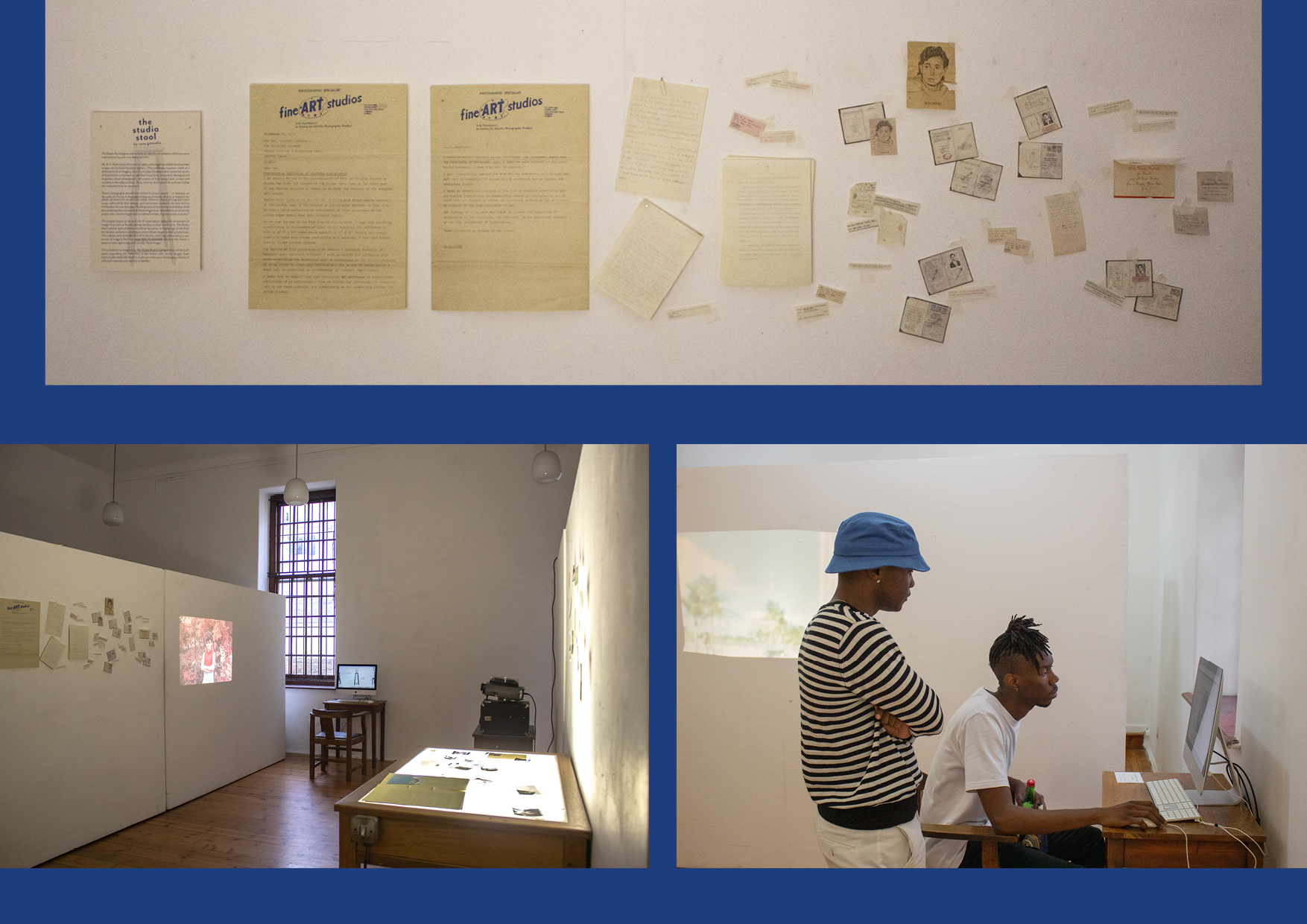
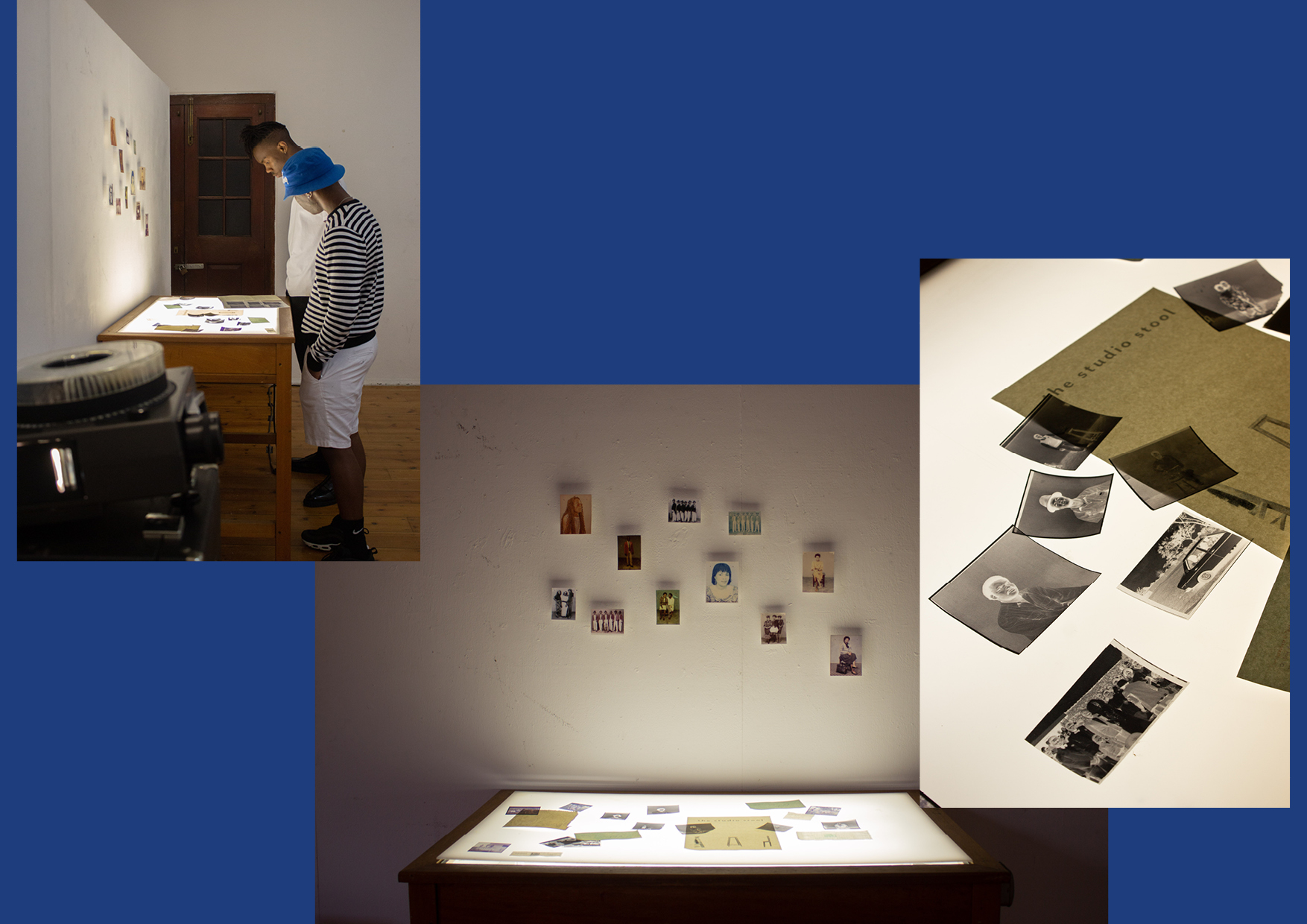
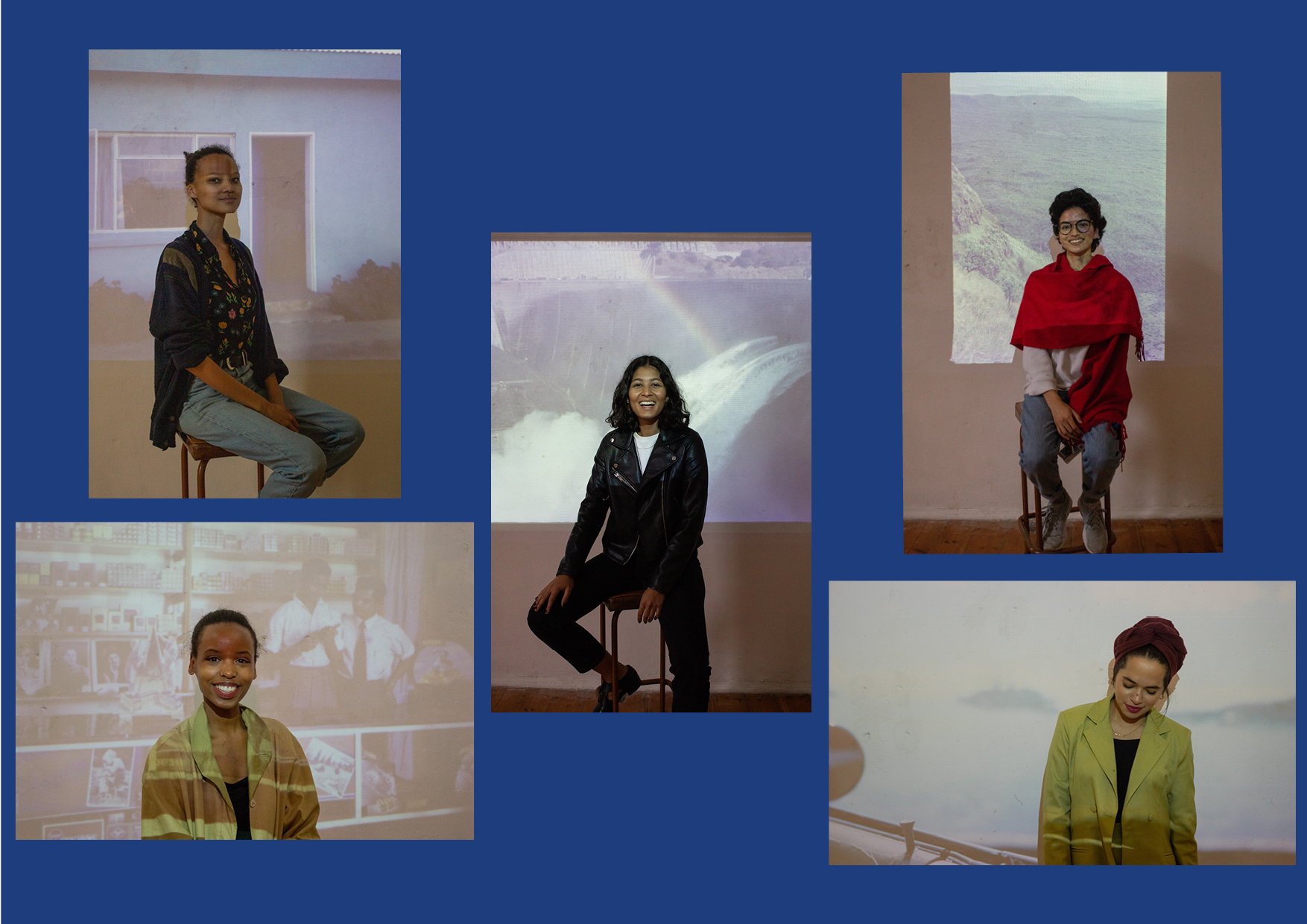
Re-Imagining Heritage On Black Womxn’s Bodies
curated by Lethabo Gumede
Part of the curatorial intention of Re-Imagining Heritage On Black Womxn’s Bodies is for the regal display of the beauty of the Ndebele culture as well as to portray the elegant stillness found in ballet. Ndebele, as a gendered cultural legacy in conversation with the colonial cultural legacy of ballet, seeks to present the black womxn’s body in powerful and deliberate positions, in response to the appalling numbers of gender-based violence that occur in disproportionately large numbers specifically to African womxn today in South Africa. Recognizing the blurred line between a safe and public space, the performance is a contemporary dance piece with a strong influence of classical ballet. The emphasis being on the black womxn body’s malleability and dynamic ability to create an intimate yet commanding use of space in order to re-imagine heritage.

Underbelly
curated by Nathalie Viruly
the underbelly is the weakest or most unpleasant part. It’s the stuff we do not want to see but feel up against our skin. It’s the days post-partum and the birthdays that still hurt. It is made of matter and material. It is the stuff of this exhibition.
Obstetric violence has been studied from various academic perspectives. Multidisciplinary studies have grappled with the foundations of this concealed and perhaps episodic form of gender-based violence while feminists, policymakers and bio-medical academics have worked to mitigate its real manifestation. What I offer is a curatorial project from the perspective of a birth-doula in a South African maternity ward. As an outsider, working within, this exhibition focuses on the living paradoxes within practices of medical care through the stories of objects. By looking at a cardiotocography belt, particularly its material qualities, this project centres on acts of kindness and structural cruelty. It seeks to expose intersectional obstetric violence, microaggressions, the unruly feminine and acts of compassion. Furthermore, it visualises the impact of modernity on women’s experiences of birth in some state facilities and questions whether women give birth or are delivered, and how violence permeates either possible answer.
The UnderBelly, therefore, inhabits its own space, with curtains of institutional and personal cloth. Within are objects that are resonant to me with birth. This exhibition invites you to walk the uncertain path to motherhood that many women take. It is unstable and soft – among the home, the hospital and her.
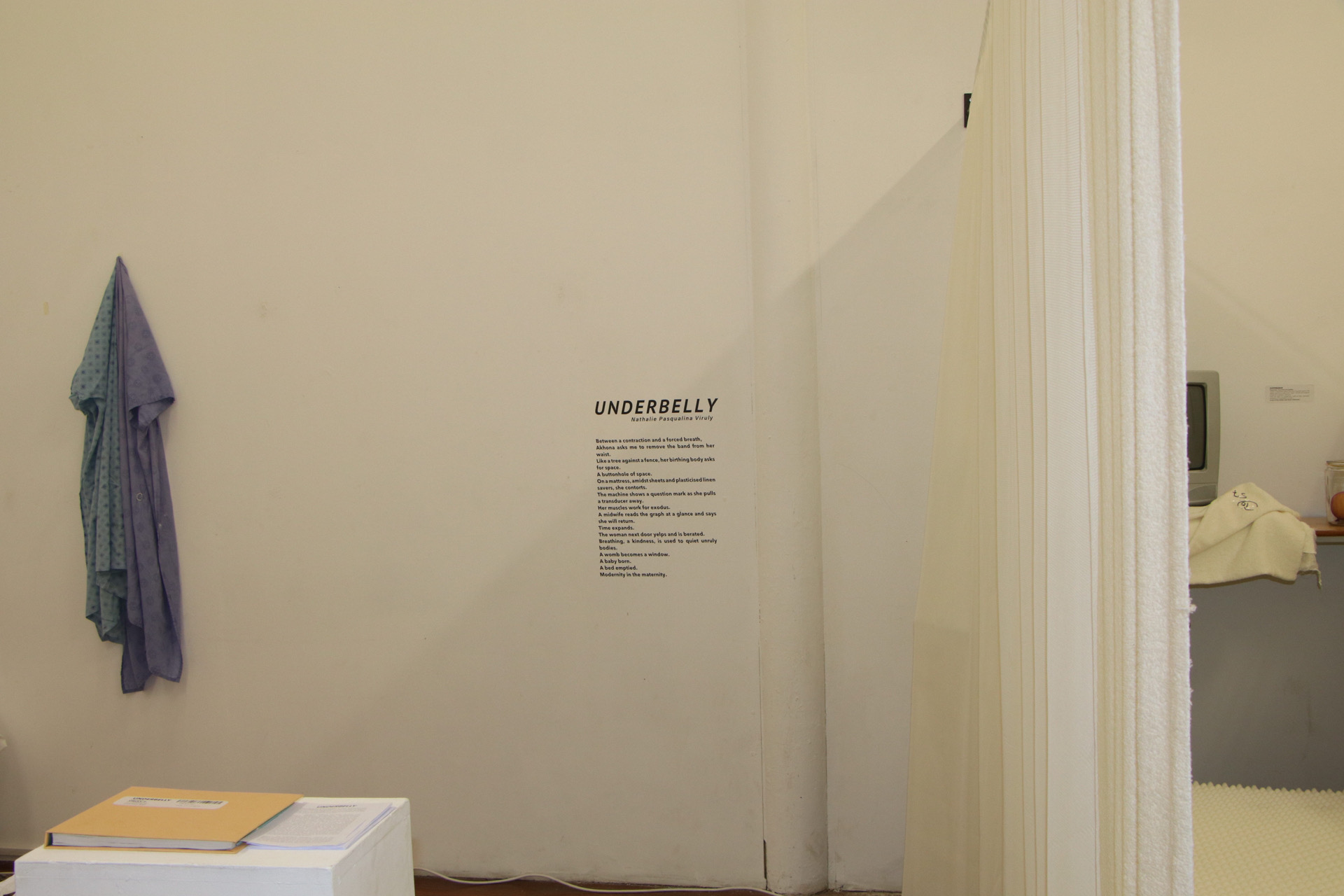



Contrapuntal
curated by Geena Wilkinson
‘this plurality of vision gives rise to an awareness of simultaneous dimensions, an awareness that to borrow the phrase from music is contrapuntal.’ –– Edward Said
How often does the official story displace all the other stories that accompany it? Who decides what we remember? By tracing the biography of the Marie Biscuit in South Africa, its ubiquity and status as a household staple allow for an exploration into memory as a fractured process. Its everydayness imbuing it with nostalgic potential in regards to domestic rituals and the manner in which these hold together the social spaces of our daily lives. Through this collection, we are able to visualise how it speaks to larger themes of the archive.


